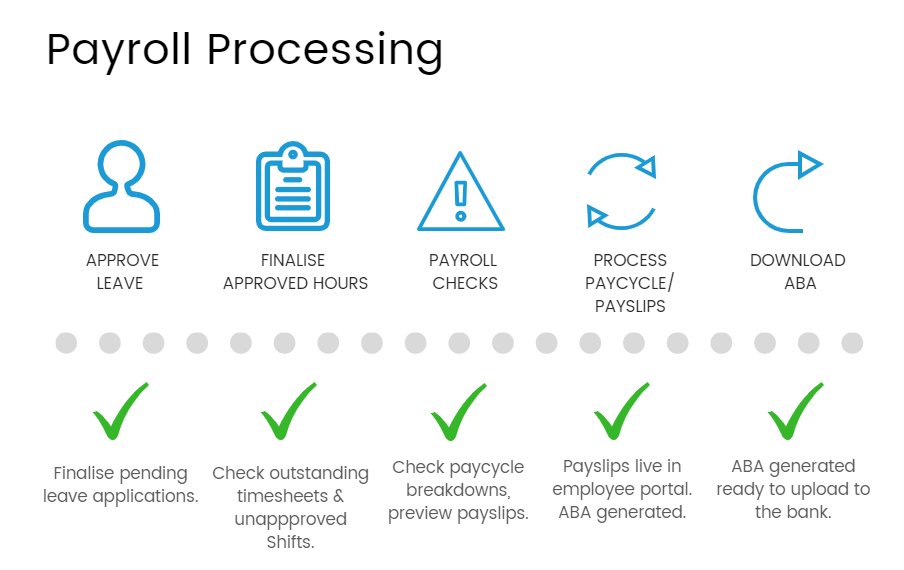
A payroll management system is a boon to a company. It means that the HR department can stay focused on increasing productivity and employee engagement while the payroll software takes care of everything else. It’s quite common for a business owner or manager to view the purchasing of payroll software as an expense when, in fact, it should be seen as an investment. Payroll management companies seem like a simple task where you consolidate hours worked, calculate wages owed, and send out paychecks followed by updating the records. Yet, when it actually comes to payroll management, every organization faces its unique set of challenges.
How to resolve challenges in payroll processing
Monitor changes
To ensure that all payroll management processing comply with the changes, payroll services providers have to consistently monitor changes in legislation at all levels. From an organization’s perspective, the payroll process should be built in a way that it complies with all the industry level requirements. Further, it is recommended to hire a professional payroll service provider to manage your payroll, one with expertise in the taxation laws of your country, and many years of implementation experience.
Right payroll software
A solid understanding of your payroll needs and scope both now and into the future is essential for making the right decision about the kind of payroll system your organization needs. For a complex or large scale operation, off the shelf software won’t be able to cater for every local requirement in house, which means you will need to integrate with a local system or build a specific interface. Both of these require significant investment in a custom solution that will need to be maintained going forward.
Cloud technology
A thorough understanding of the country specific employment laws affecting your business is fundamental, which means bringing experts on board to help is a sensible move. At the same time, leveraging the real time data management capabilities on offer through cloud technology delivers increased visibility of your payroll data and processes. This enables greater understanding of your compliance status, as well as centralized access to statutory filings and the ability to maintain records more easily.
Clear roadmap
A clear technology roadmap is required to break the integration challenge into manageable, focused projects, rolled out in stages with the assistance of cloud integration tools. However, the roadmap must be developed in line with a new payroll management processing and data model, with all elements directly focused on achieving better outcomes for the global payroll services function.
Insightful analytics
When it comes to insightful analytics and payroll reporting, the first step is the centralization and standardization of your data. With unified global payroll solutions, reports can be pulled together from one single source, rather than from disparate systems across your global operations. This centralization offers the possibility for real-time reporting based on live data dashboards, supporting strategic decision making at the highest level. Ensuring the continuous quality of your data is key here too, which also can be supported by single source data and employee self service data management.
Investing in software that can integrate all of the above mentioned functions not only helps in streamlining the overall process but also reduce the total amount of time spent on inputting data or tracking, thus allowing your company to become more efficient and cost effective in the long run. The key here is the automation of the payroll processing. Using specialized epayroll software, you can be sure to solve all these issues and enhance the productivity of the organization.
